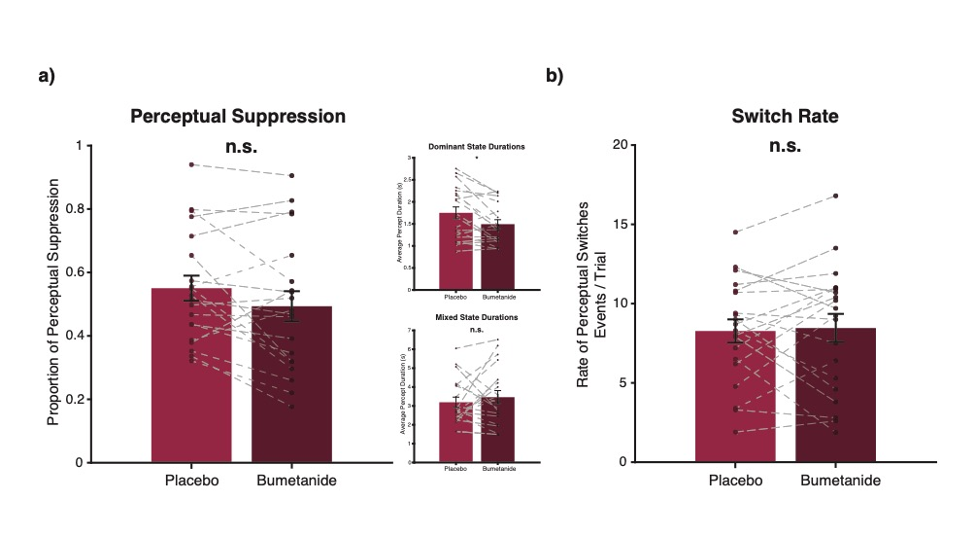




Did you find this useful? Give us your feedback








5 citations
96 citations
...The potential for sensory tasks to provide such markers is particularly high, given their suitability for translational research [56] and presence in conditions such as autism in some [57–60], although not all studies [36, 61]....
[...]
95 citations
...Further, the direction of these changes was the opposite of what might be predicted if bumetanide were to increase MRS-based markers of inhibition [13]: bumetanide lowered the E/I ratio, resulting in greater excitation relative to inhibition....
[...]
...One prominent developmental account of autism proposes a disruption of an important neurobiological milestone, known as the GABA-switch, as a potential explanation for disturbed inhibitory action in the autistic brain [13]....
[...]
...In light of these accounts, it has been posited that augmenting GABAergic action might provide a promising therapeutic for some symptoms associated with autism [13, 18]....
[...]
94 citations
...Rivalry is a simple visual phenomenon that is modeled to rely on the on the balance of inhibition and excitation in visual cortex [25–30]....
[...]
94 citations
...This finding is consistent with previous binocular rivalry studies which illustrate high test-retest reliability of rivalry dynamics within individuals [11, 31, 41]....
[...]
93 citations